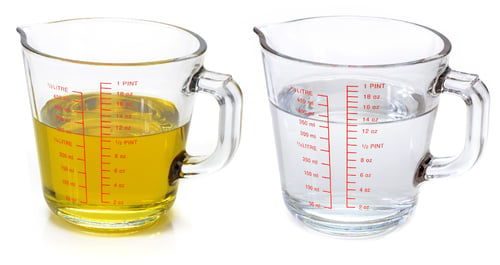Science project
Angle of Heat
Though it is common knowledge that the average temperature increases as you move closer to the equator, many people do not understand why this is so. There are many reasons why the equatorial region experiences a warmer climate. One major reason for this phenomenon is the angle of solar radiation on the Earth. In this experiment, the student will test the effect of the angle of light radiation on temperature. The student will determine if this factor can alone explain the difference in global climates.
Problem:
How does the angle of light radiation change temperatures?
Materials:
- 3 thermometers
- Black construction paper
Meter stick or measuring tape - Protractor
- Scissors
- Books or other objects
- Stopwatch or timer
Procedure:
- Create your hypothesis for the experiment. Do you think that the angle that sunlight strikes the areas of the globe can account for the different temperatures? Why or why not?
- Prepare to conduct your experiment. Cut three equal-sized rectangular pieces of black construction paper, about 5x10 cm in size. Cover the thermometers each with a piece of black paper, folded in half and stapled in place. Adjust your lamp so that it is 40 cm above the table where you will be working. Make sure that it is pointed directly down towards the table.
- Before turning on the lamp, arrange your three thermometers directly below it. The first thermometer should be placed flat on the surface of the table (horizontal). The second thermometer should be propped on books or other objects to a 45 degree angle. Use a protractor to ensure that the thermometer is positioned correctly. The third thermometer should be propped completely vertically at a 90 degree angle to the table.
- Once your thermometers are in place, make sure that you can read the temperature on each one and that they are all reading the same temperature. You will not touch the thermometers during the experiment, so be sure that you can read them easily without touching them before you begin. Record the initial temperature for each thermometer in your data table.
- Turn on the lamp and start your timer. Every minute, write down the temperature on all three thermometers, reading each one in the same order every time. Continue for 30 minutes and completely fill in your data table.
- Use your results to plot a line graph with three lines. Plot time on the X-axis and Temperature on the Y-axis. Compare your results to your hypothesis. Did the angle of the light affect the temperature? How does this relate to the differential heating of the Earth’s surface?
Education.com provides the Science Fair Project Ideas for informational purposes only. Education.com does not make any guarantee or representation regarding the Science Fair Project Ideas and is not responsible or liable for any loss or damage, directly or indirectly, caused by your use of such information. By accessing the Science Fair Project Ideas, you waive and renounce any claims against Education.com that arise thereof. In addition, your access to Education.com's website and Science Fair Project Ideas is covered by Education.com's Privacy Policy and site Terms of Use, which include limitations on Education.com's liability.
Warning is hereby given that not all Project Ideas are appropriate for all individuals or in all circumstances. Implementation of any Science Project Idea should be undertaken only in appropriate settings and with appropriate parental or other supervision. Reading and following the safety precautions of all materials used in a project is the sole responsibility of each individual. For further information, consult your state's handbook of Science Safety.













